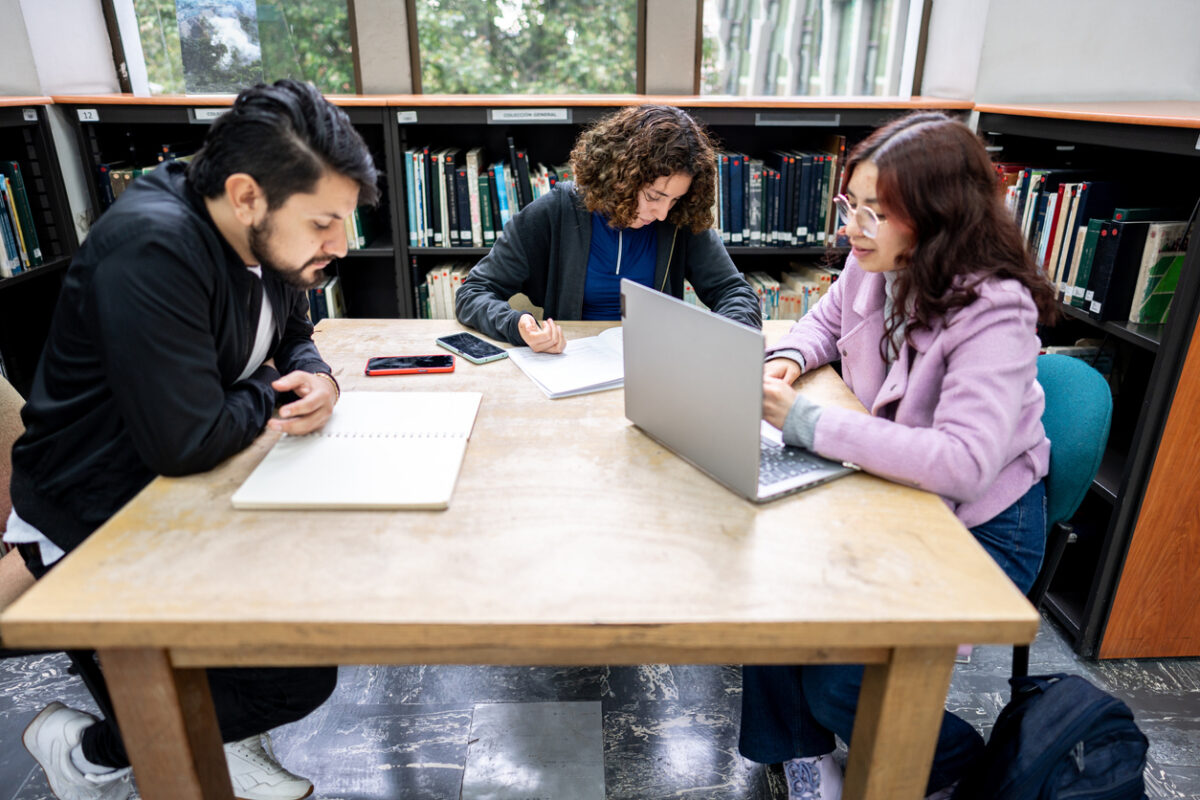The Institute for Higher Education Policy, a nonpartisan research policy and advocacy organization, is celebrating its 30th anniversary this year with an updated mission statement. IHEP President Mamie Voight said the group is focusing on “building a more equitable and just society” through systemic changes in higher education.
As lawmakers on Capitol Hill weigh the value of higher education and federal spending on education, IHEP is pressing for a boost to the Pell Grant, passage of the College Transparency Act and support for the Postsecondary Student Success Grant program. Here’s a piece of the conversation:
This transcript has been edited for length and clarity.
MORNING EDUCATION: How do you measure the value of a degree or program if you’re a student trying to pick a college this year?
MAMIE VOIGHT: [A measurement framework is] if they earn at least as much as a high school graduate in their state, close enough to recoup their investment in higher education within 10 years. So if [students are] at least better off after having gone to an institution than had they not gone at all. That’s one way to think about measuring the value of higher education.
A large part of the work that we do is really around improving the quality of data so that students and policymakers and institutions can make those types of assessments. We’re strong advocates for the College Transparency Act, which would strengthen the types of data that are available to all of those decision makers in order to help students make those choices about where to go to college, what to study and how to pay for it.
ME: There’s a culture aspect when choosing a school that values prestigious institutions like Harvard and Yale University. What role does the data play in informing students on what institution might be the best financial choice for them despite the culture part?
MV: The data can paint a really important picture for students to understand what they can expect from different institutions. And the vast majority of students are not going to Harvard and Yale. They’re going to their state institutions, they’re going to larger schools that are serving larger numbers of students of color and students from low-income backgrounds.
From a policy standpoint, we need to make sure that we are supporting those institutions. And from a student perspective, they should be looking at all of the options available to them to assess which ones are going to provide them with the best opportunities and best meet their needs.
ME: What about completion and persistence? How can colleges ensure students make it through their programs?
MV: Closing and addressing the inequities in our system involves both the access side of the equation which we’ve been talking about, and that completion side and the value side. It’s a three step process, and the completion component is essential for students to really reap those economic returns for their investment in education.
We know from the research that there are more than 40 million adults out there with some college credit but no credential. Our system right now is not meeting the needs of today’s students and helping them to get across that completion finish line. And we know that those challenges are most acute for students of color and for students from low-income backgrounds.
Read the full interview at POLITICO Morning Education.



